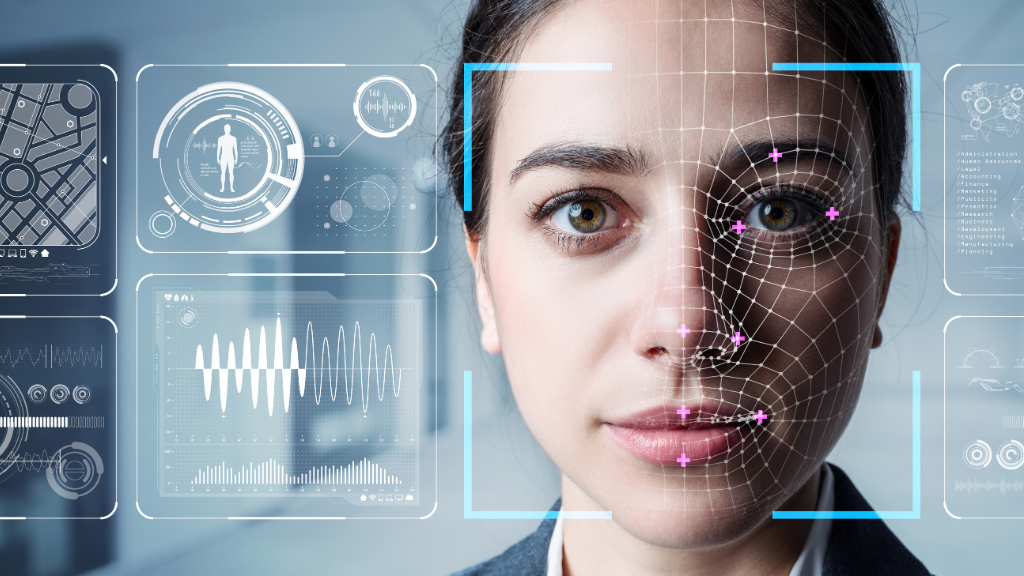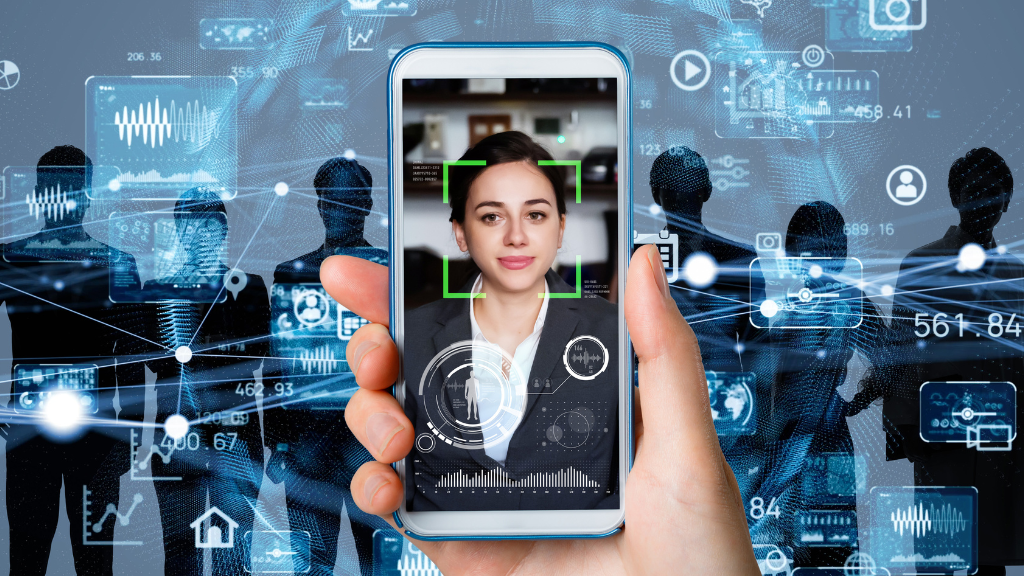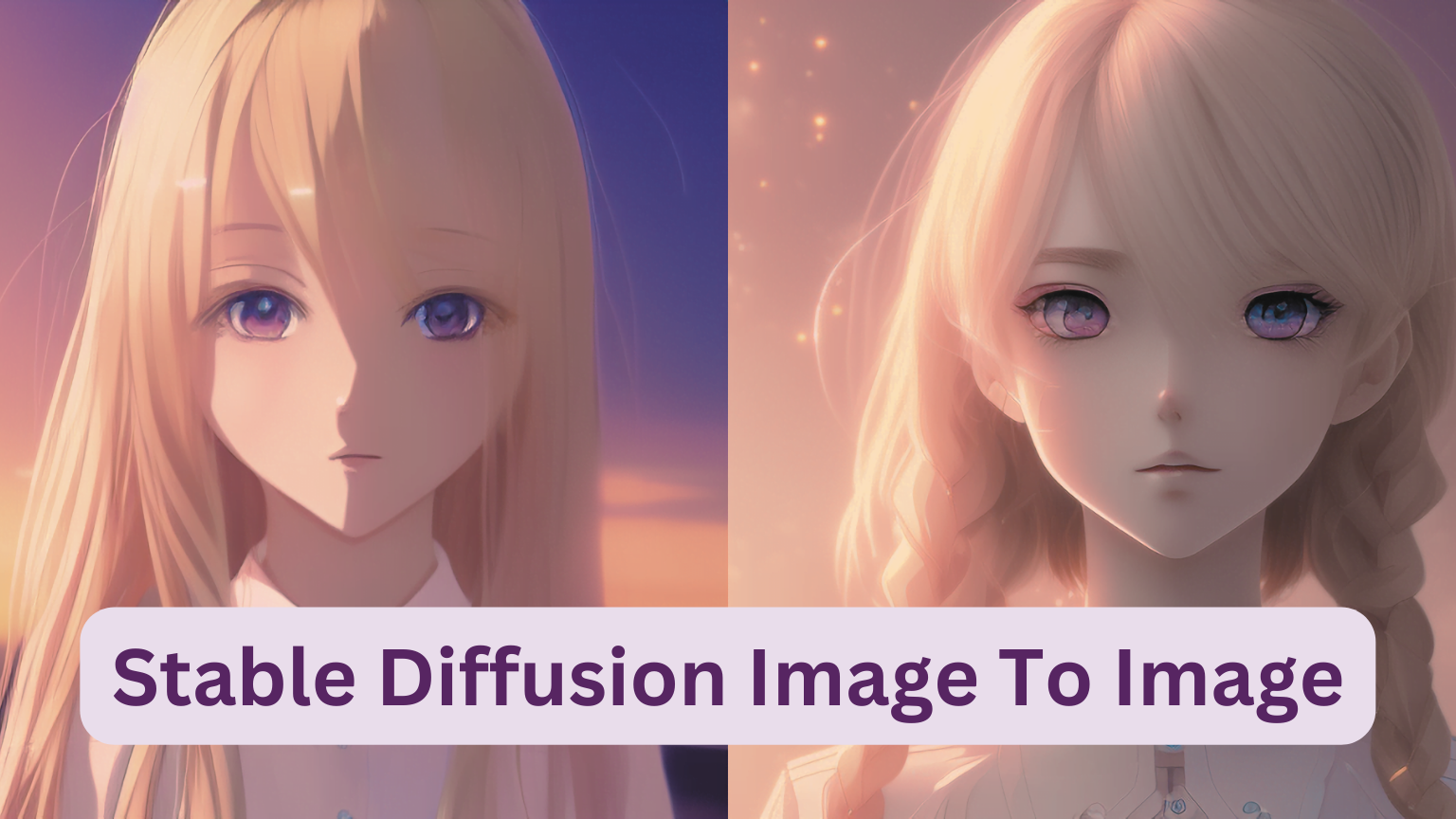Video recognition, or video analytics, is a technology that automatically analyzes video feeds to recognize temporal and spatial events. It leverages machine learning algorithms to ‘understand’ the content of video data. This often includes identifying objects, people, text, and even specific actions or behavior.

Now, let’s look at a related concept: image and video recognition.
Both share the common goal of interpreting visual data, but they do so in different ways. Image recognition, also called computer vision, refers to a computer’s ability to identify and interpret individual images. Whereas video recognition extends this principle to motion-based data, analyzing sequences of images (i.e., video) over time.
Top Five Remarkable Open-Source Object Detection Tools
In this section, I highlight five outstanding open-source projects in Object Detection that you can leverage to advance your competencies in computer vision and image processing.
1. Imageai
- Origin: DeepQuestAI.
- Description: Gratis, open-source Python-based tool for Computer Vision and Deep Learning.
- Foundation: Python, OpenCV, Keras, and TensorFlow.
- Features: Uses RetinaNet, YOLOv3, TinyYOLOv3 (all trained on the COCO dataset) for detection tasks; compatible with image predictions with four models (trained on ImageNet-1000 dataset).
- Customizability: Supports training of tailored models using personalized datasets.
- Developers: Moses and John Olafenwa.
2. AVOD – Aggregate View Object Detection:
- Purpose: 3D Object Detection for autonomous vehicles.
- Foundation: Python, OpenCV, TensorFlow.
- Dataset: Kitti Object Detection Dataset with eight categories (e.g., Car, Van, Truck).
3. Nudenet:
- Description: Detects and categorizes nudity in images or video streams; offers selective censorship.
- Foundation: Python and Keras.
- Features: Self-hostable API service and Python module for integration.
- Accuracy: 93% (trained on 160,000 auto-labeled images).
- Installation:
pip install nudenet
- Nature: AI-driven web application and API for basketball analysis.
- Main Features: Shot analysis, shot detection, and detection API.
- Foundation: Python with OpenPose library.
- Methodology: Uses transfer learning with Faster-RCNN (pre-trained on COCO dataset).
5. Vehicle Counting:
- Focus: Vehicular tracking, detection, and tallying.
- Features: Forecasts attributes like vehicle speed, hue, size, and trajectory.
- Foundation: TensorFlow, OpenCV, and Python.
- Primary Model: SSD with Mobilenet for vehicle detection.
- Classification: Can identify buses, cars, trucks, and motorcycles
Object Recognition Software: A Vital Component

At the heart of many video recognition systems is object recognition software. Whereas object recognition is integral to understanding and interpreting visual data This technology identifies and classifies various objects within images or video frames. From recognizing a person’s face to identifying a type of vehicle, it can do wonders in terms of identification..
Conclusion
Open-source video recognition software embodies the intersection of technology and creativity. The tools are vast, ranging from video action recognition systems to text-to-video AI, and their uses are expansive. By leveraging these resources, we can continue to harness the power of visual data and drive innovation. They can serve countless industries saving countless hours while producing new jobs.
What is the meaning of video recognition?
Video recognition, often referred to as video analytics, is a technology that uses machine learning algorithms. It uses ML to automatically analyze video feeds and understand the content within them. This could involve identifying objects, people, specific behaviors, or actions, thereby ‘understanding’ the video data.
What is the difference between image recognition and video recognition?
While both image and video recognition aims to interpret visual data, they do so differently. Image recognition, also known as computer vision, involves the computer’s ability to identify and interpret individual static images. Video recognition extends this principle to motion-based data, analyzing sequences of images (i.e., video) over time..
What are the uses of video recognition software?
Video recognition software has a multitude of applications. It can be used in security systems for automated surveillance, threat detection, customer behavior analysis, and in healthcare. You can use it for patient monitoring, in transportation for traffic management, and in media for content analysis, among others.
How does AI video analysis leverage open-source platforms?
AI video analysis often leverages open-source platforms like TensorFlow and libraries such as OpenCV. These platforms offer pre-trained machine learning models and tools that accelerate the development of video analytics applications. They allow developers to build customized video and image recognition systems while fostering widespread collaboration.













